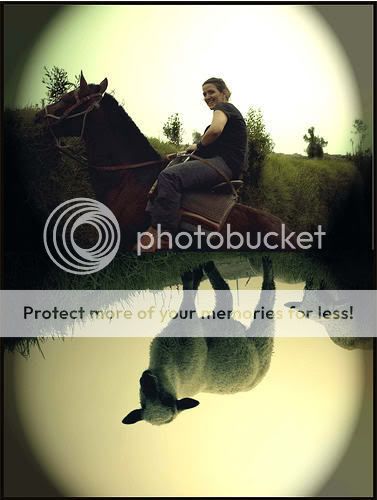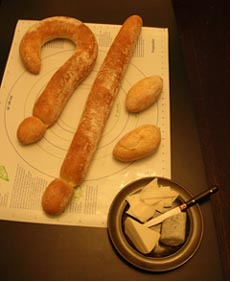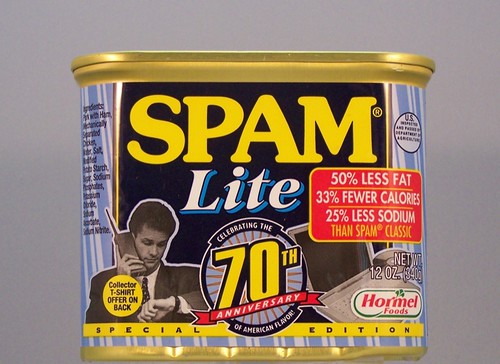14 Guerrilla Ads That Shook My Imagination
July 28th, 2008From the Cold War joke series:
– Mr. President! The communists have painted the moon in red! What shall we do now?
– Well… let’s write “Coca-cola” on it, and that will be the greatest ad in the universe!
To believe this joke, the idea of guerrilla marketing had already existed long before Jay Conrad Levinson introduced it in his much-talked-of book in 1984. In the mid-eighties guerrilla marketing strategies were recommended to small businesses and low-budget campaigns. Time goes by, things change, and today even worldly-known companies do not scruple to use guerrilla ad weapons to create more buzz among their prospects.
This list of ads doesn’t always include my favorite ones: some of them are too cruel, others – almost stupid. But each ad given below is worthy of mention, each of them is brilliant and revolutionary – in its particular category. So, guerrilla ads may be…
1. Flattering. This ad of sport equipment is great, because it flatters users’ self-esteem. Besides, you can use it to throw dust in the eyes of friends or colleagues: just ask someone to take a photo of you holding that weight, then cut off all unnecessary details like other passengers’ heads – and you’ll have a wonderful picture of yourself starring as Superman.

2. Kind. The best way to dispel fear in your prospects is to provoke it by yourself. That’s why this pothole imitation, looking like an April Fool joke, is very reassuring by nature. You can ask any driver about the matter.


3. Cruel. Looks like a rock star’s nightmare, doesn’t it? The concepts of funny and cruel are inseparable since the Chaplin’s epoch, so this ad of a burn plaster just follows the traditions.

4. Annoying. Maybe, it’s ok in the world of business, but personally I hate the idea of using historical monuments for selling purposes. Despite the company’s name on the ad, something still should remain virgin, even in that notorious business world where nothing is sacred.

5. Persuasive. “The faster you get, the faster you go.” The number of accidents might minimize greatly if a control panel like this was integrated in each vehicle.

6. Creative. This one, in addition, must be inexpensive.

7. Terrifying. First I wanted to place here the Kill Bill banners, but then I came across another “coming soon” ad – that’s really thrilling, if you look closer.

8. Green-Peace-style. Perhaps that ad will please those who really care for animals: so much food for a poor city shark excluded from its habitat!

9. Motivating. “Life’s too short for the wrong job.” Make sure you are happy with yours while reading this.


10. Oxymoron-like, i.e. contradictory. It may look conservative, but I strongly believe that ads should have a positive effect on human mind, and this one makes an unpleasant impression, despite its ultimate creativity. Looking at it, I want neither to play bowling nor to open my mouth ever again, let alone to address some dental insurance company. Very frustrating, not funny!

11. Just brilliant! Some of them don’t need comments. Simply see and enjoy:




Some ads by quierosercreativo





